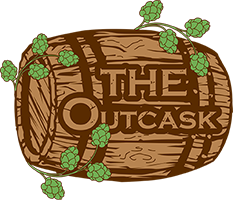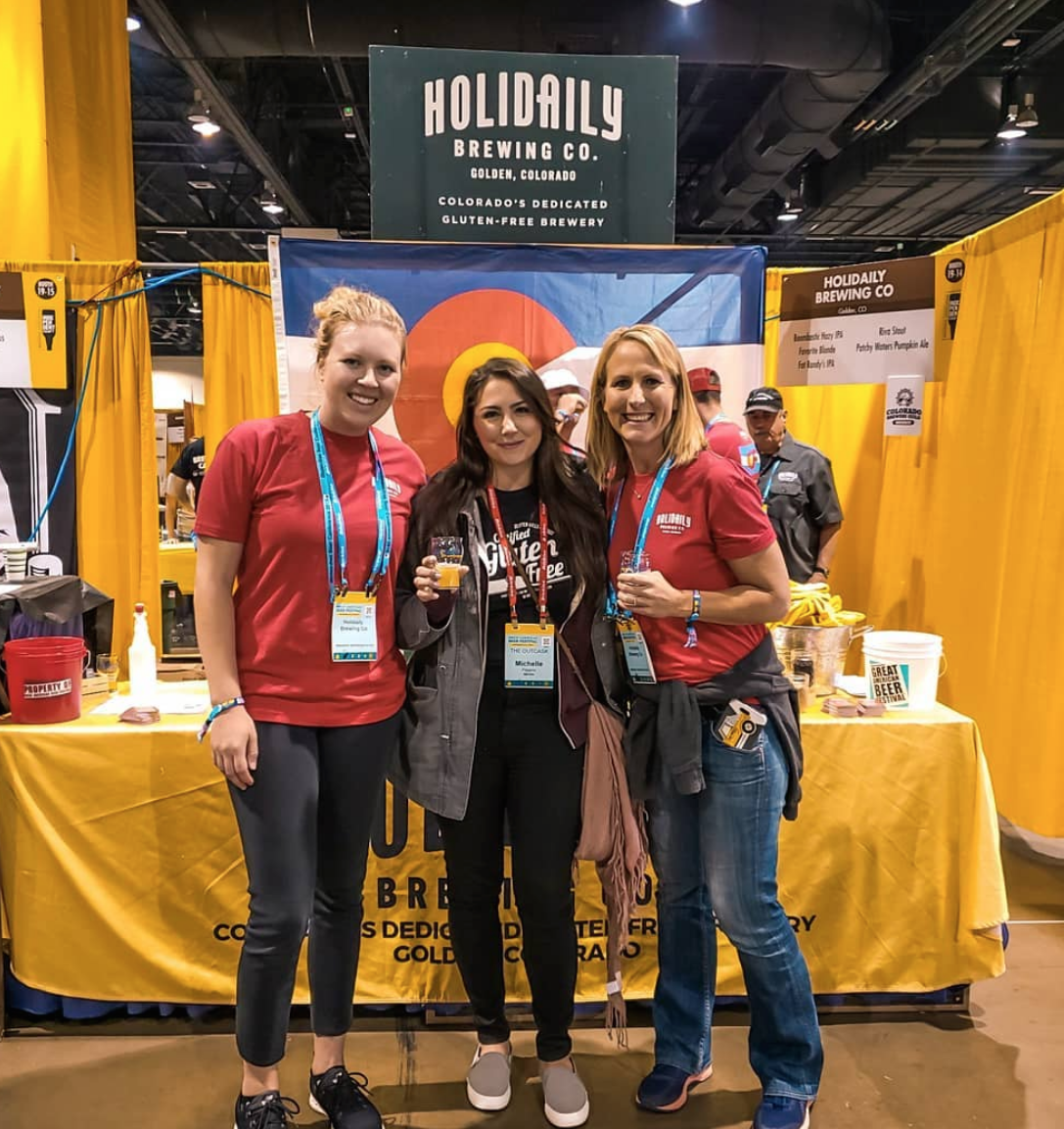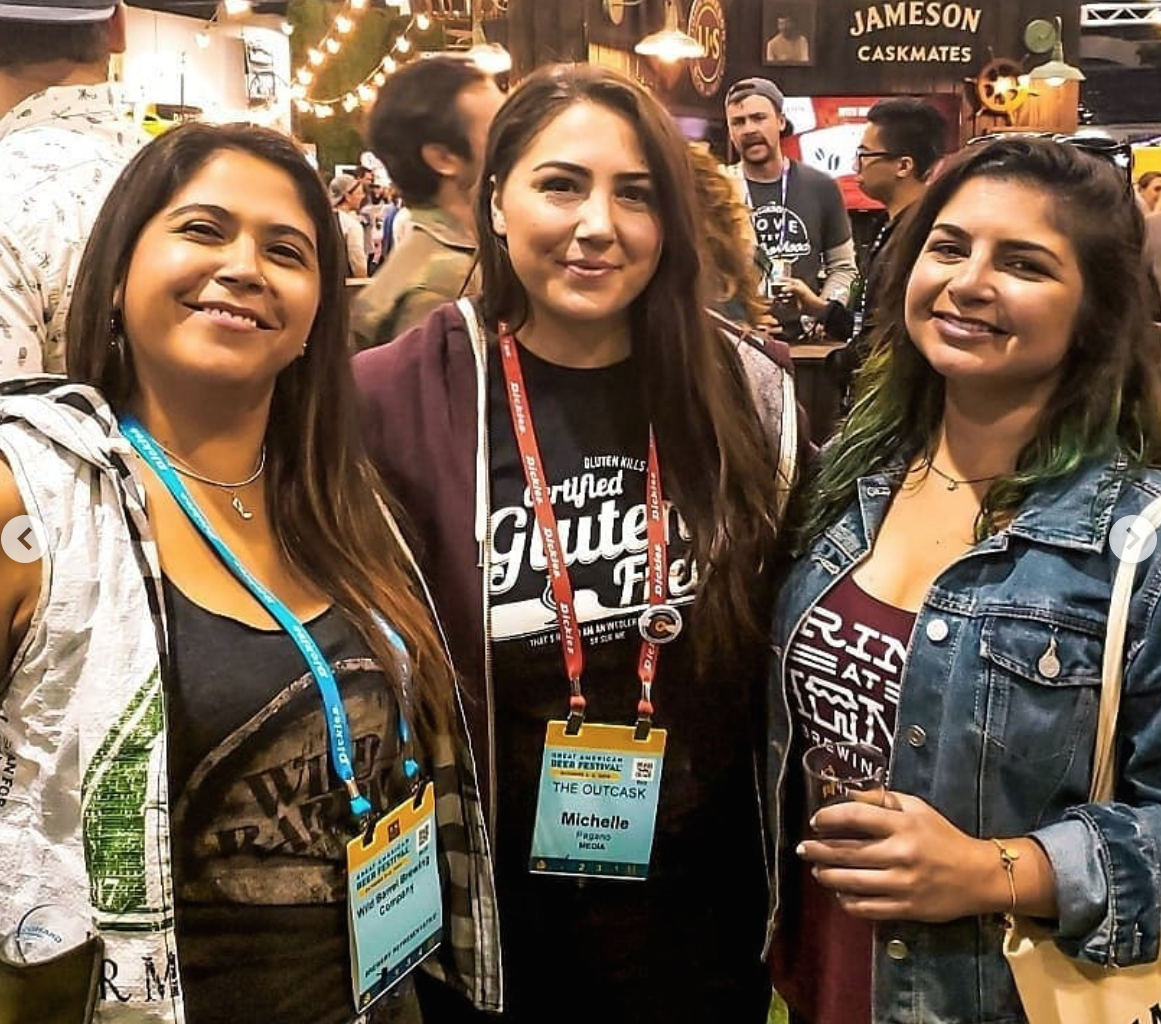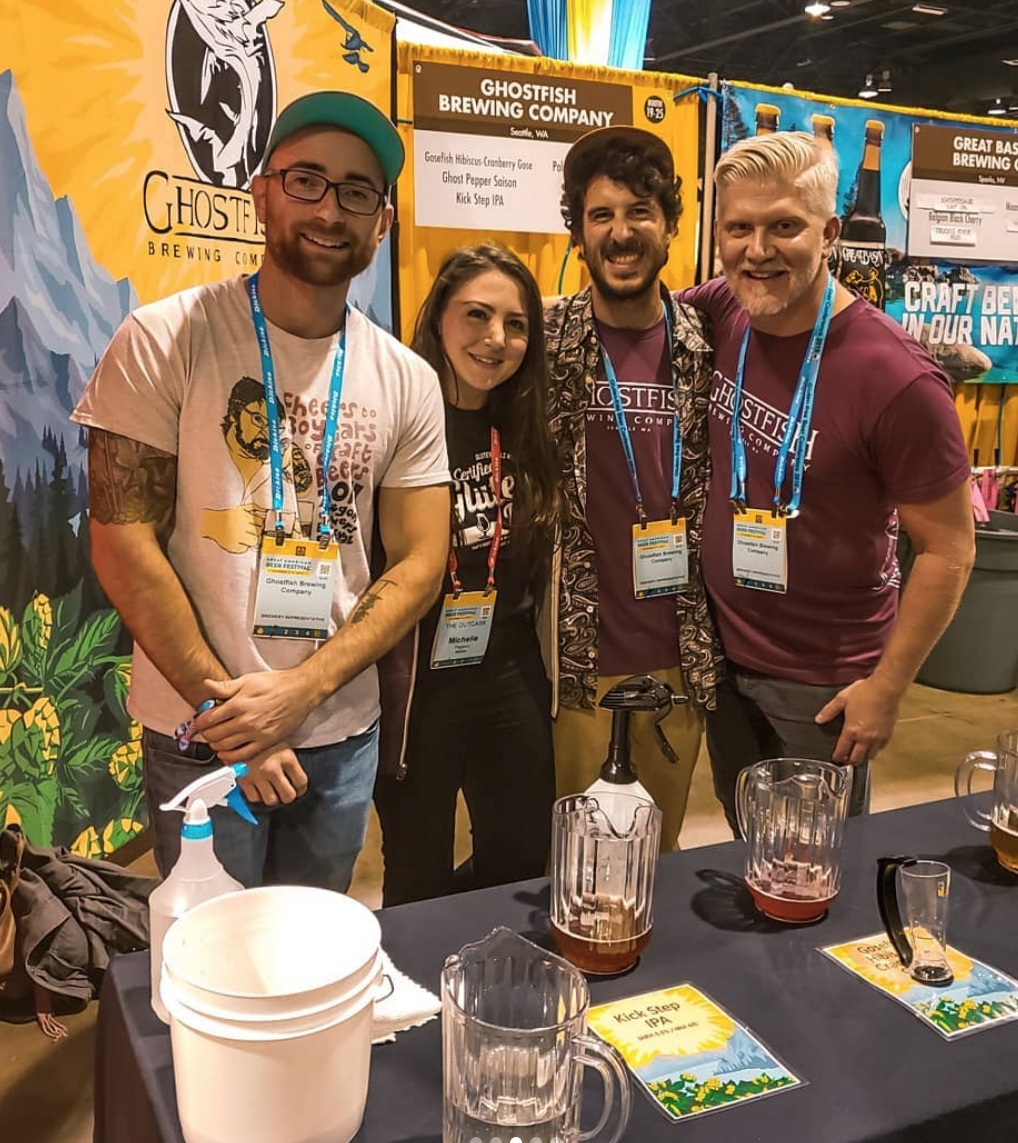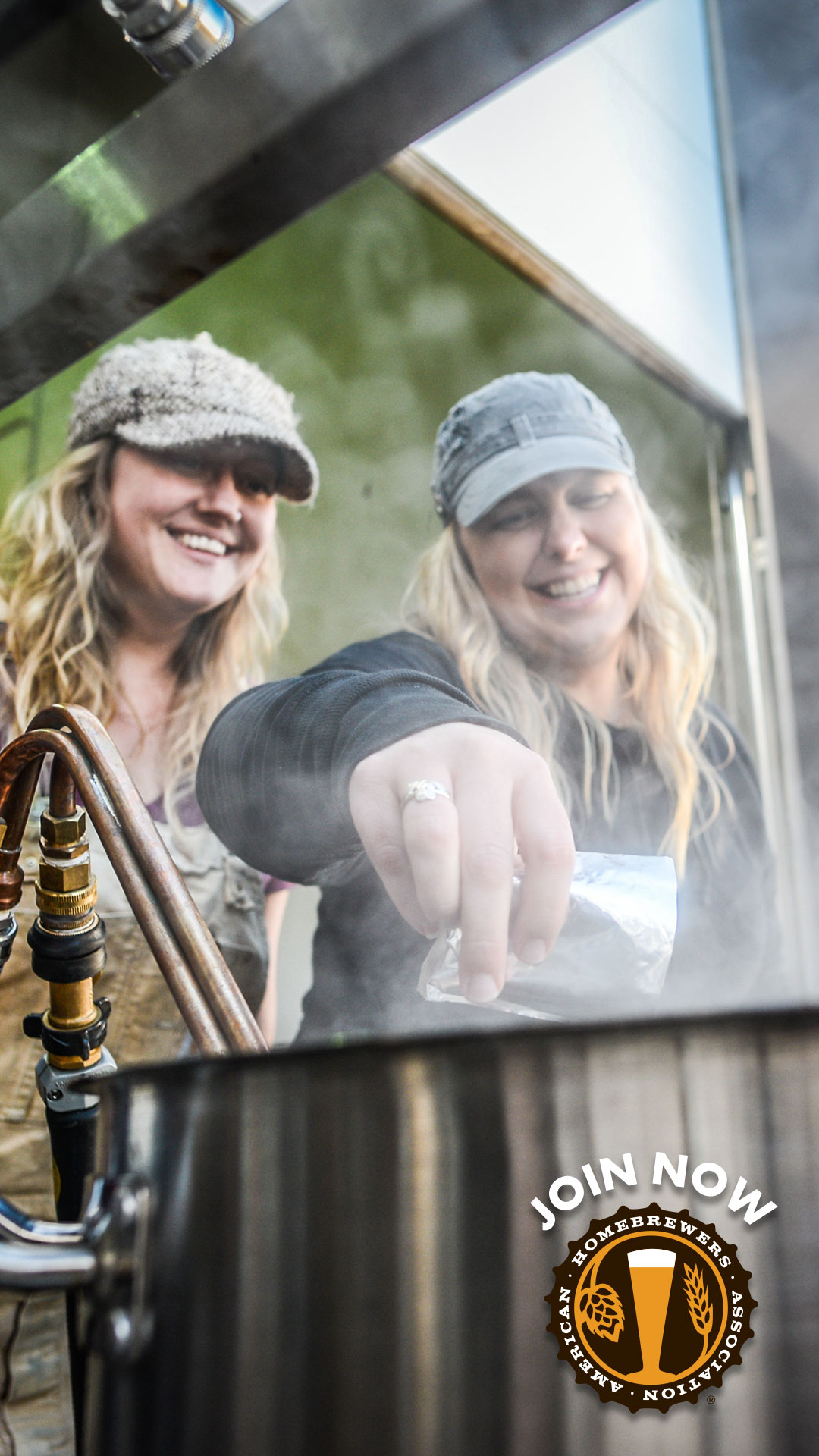How was GABF? Invigorating. You could say it was the energy of the 800 breweries with 4,000 beers from around the country, or maybe it was the excitement in each attendees eyes trying the beer(s) of their dreams. For me, it’s how far GABF has come to include EVERYONE!
Standing inside GABF this year, I reflected on a time when I first got diagnosed with Celiacs Disease. I had not had the chance to make it to the festival prior to my diagnosis and since then I assumed my dream was washed away. It wasn’t until years later when I discovered that breweries have found a way to make these great tasting beers gluten-free too! After going to GABF for the last few years, I’m impressed with the growing breweries that are up to this challenge. I’m amazed with how many folks love these beers just as I do and it doesn’t matter if it’s gluten-free. To them, these beers are valued as much as the next beer.
As I’ve grown to learn more about Celiacs Disease, I’ve learned to stay away from gluten-reduced beers and only stick to gluten-free ones. Some of my favorite picks this year were Ghostfish Hibiscus-Cranberry Gose,Dos Luces Chica Inti, and Holidaily Boombastic Hazy IPA. As a non-IPA lover, the Boombastic had me returning to Holidaily numerous times. So it comes to no surprise that this beer won a gold medal in the gluten-free category for this year’s competition. Congrats to Holidaily!
Even from an industry standpoint, I’ve also been pleased with how far the Brewers Association (BA) in support of these breweries, especially with their gluten-free trail on the GABF app for non-gluten beer drinks. The BA’s support of gluten-free breweries speaks volumes to where the beer industry stands today and where it will continue to blossom tomorrow.
It’s apparent that craft beer has evolved. We, as craft beer enthusiasts, have this constant desire for new beer. We are on this journey to search for the unknown and expand their palates. How can we take our level of understanding and experience to the next level? Learning that beer can be made from a variety of grains (buckwheat, millet, rice, and corn), so more beers can be available for everyone to drink.
‘
